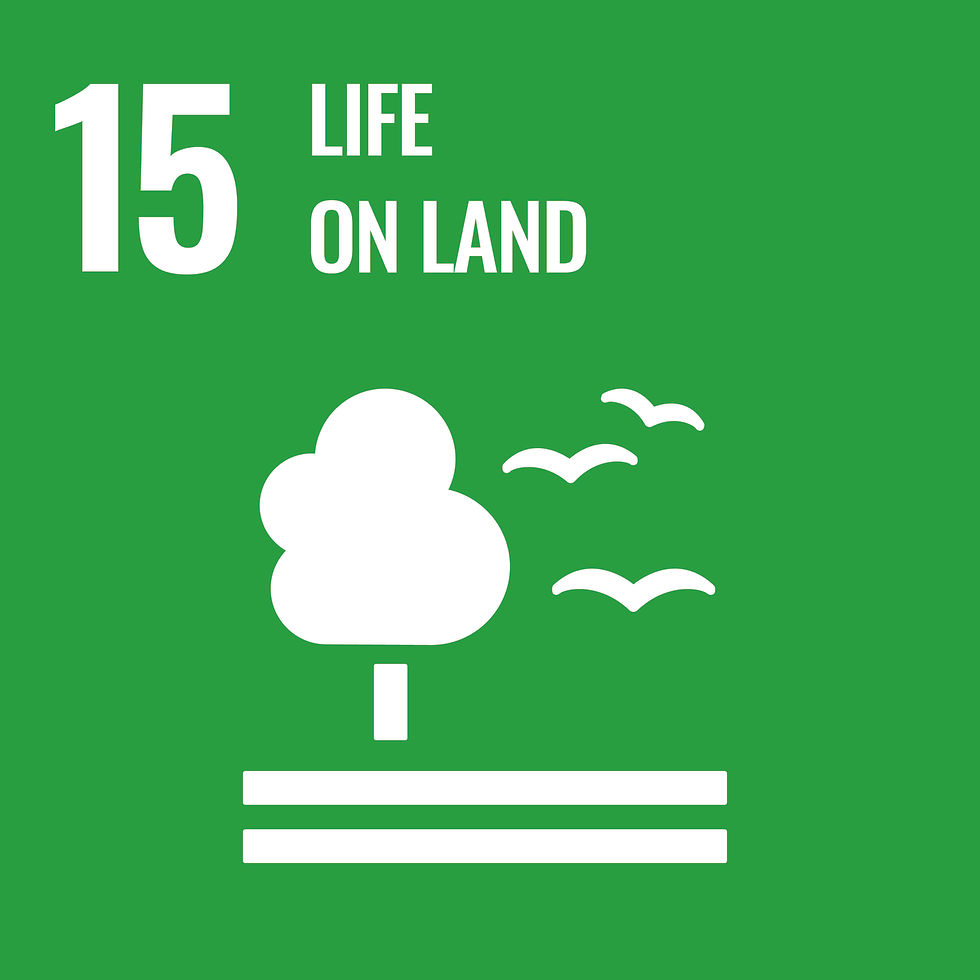
PANI
Sustaining Water, Enriching Life, Transforming Futures
The Pani Initiative empowers rural communities, particularly in water-scarce regions like Bharuch district, to sustainably manage and develop water resources through participatory governance. It tackles critical challenges such as recurring droughts, salinity, and social inequities in water access, ensuring the availability of potable water and improving environmental quality.
A central component of the initiative is the formation of village-level committees to enable community-driven decision-making for water resource management. These committees are pivotal in planning, implementing, and maintaining interventions such as pond redevelopment, grey water management, rainwater harvesting pits, and rooftop rainwater harvesting systems.
The redevelopment of a village pond in Luvara village serves as a pilot project. This initiative combines environmental restoration with community participation, promoting sustainable water use, enhanced groundwater recharge, and socio-economic benefits.
Methodology for Implementation
The Pani Initiative adopts a holistic, participatory approach emphasizing community empowerment and long-term sustainability. The process begins with mobilizing and raising awareness among stakeholders, including panchayats, marginalised groups, and women, to ensure inclusive participation. Campaigns highlight the importance of water conservation, equitable access, and environmental sustainability.
Village-level committees, representing diverse demographics, are formed to oversee planning, implementation, and maintenance. These committees receive training in technical aspects, governance, and conflict resolution, fostering local leadership and ownership. Through participatory planning, communities identify water-related challenges and co-develop solutions, such as pond redevelopment, grey water management, rainwater harvesting pits, rooftop rainwater harvesting, and groundwater recharge.
Implementation focuses on infrastructure development, including pond redevelopment with features like stone pitching, slope correction, and safety railings. Additional improvements, such as solar street lights, walkways, and tree plantations, enhance usability, environmental quality, and the micro-climate. Community members actively contribute through sweat equity, strengthening engagement.
Social inclusion is integral, addressing caste-related inequities and involving marginalized groups. Women play a central role in decision-making due to their significant responsibility for household water management. Livelihood opportunities are generated during project execution and sustained through better water availability for agriculture and livestock.
Sustainability is ensured through regular monitoring and infrastructure upkeep by village committees, supported by capacity-building sessions. Partnerships with government schemes like the Swachh Bharat Mission provide funding and technical assistance. Periodic evaluations promote transparency, accountability, and adaptability, fostering a self-reliant and water-secure community.
This comprehensive methodology ensures the Pani Initiative addresses immediate water scarcity challenges while building long-term resilience and socio-economic well-being in rural communities.
Project Gallery
Partners
Partners of the Pani Initiative play a vital role in driving sustainable water resource management and community empowerment through collaborative action and shared expertise.

Impact of the Initiative
The Pani Initiative has revitalized water-scarce villages by enhancing groundwater recharge, increasing water body levels, and ensuring access to potable water. It has strengthened local institutions, enriched biodiversity, and promoted greenery through tree plantations and ecosystem restoration. These efforts have improved livelihoods, reduced migration, and fostered resilient, sustainable rural communities.











